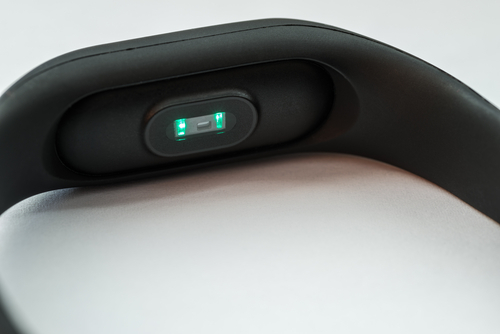Researchers develop novel motion sensors
IANS Nov 20, 2017
Researchers have developed new motion sensors that could herald a near future of ubiquitous, fully integrated and affordable wearable technology.

"For sensor technology, you need it to be flexible, you need it to be affordable and you need it to be scalable," said Richard Liang, director of the High-Performance Materials Institute and professor at the FAMU-FSU College of Engineering in the US."This new technology is versatile and the sensors are affordable to print. It's a big innovation that presents many possibilities down the road."In a paper, published in the journal Materials and Design, engineers from FSU's High-Performance Materials Institute, in collaboration with scientists from Institut National des Sciences Appliquées in Lyon, France, detail the properties and cost-effective manufacturing process of an advanced series of motion sensors made using buckypaper -- razor thin, flexible sheets of pure, durable carbon nanotubes.
The low-profile design could be integrated into bedsheets to monitor quality of sleep, shoes to track step count and posture or workout clothes to measure intensity of exercise.Researchers also foresee potential applications beyond the realm of wearable technology. In the field of soft robotics, the material could facilitate advances in the production of responsive, self-correcting artificial muscles, the researchers said.Moreover, the scalable sensors represent another step toward the long-predicted future of an "internet of things," where virtually all of an individual's computers, devices, garments, furniture and appliances are digitally connected to freely exchange information in the cloud."Most projects don't have these many possible applications. This material could be used in structural health monitoring, wearable technology and everything in between. I'm excited because this is something that can affect a lot of people in their everyday lives," said the lead author of the study Joshua DeGraff.
The novel sensor structure combines a strip of seven micron-thin buckypaper with silver ink electrodes printed from a common, commercially available ink-jet printer.While the technology might not be ready for prime time quite yet, researchers are energised by its promising future.These new buckypaper sensors represent a marked improvement on current industry standards, with most sensors being either too crude or too inflexible to reliably monitor complex structures like the human body, the researchers added.
-
Exclusive Write-ups & Webinars by KOLs
-
Daily Quiz by specialty
-
Paid Market Research Surveys
-
Case discussions, News & Journals' summaries